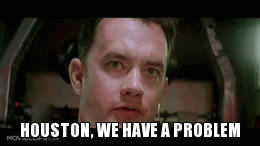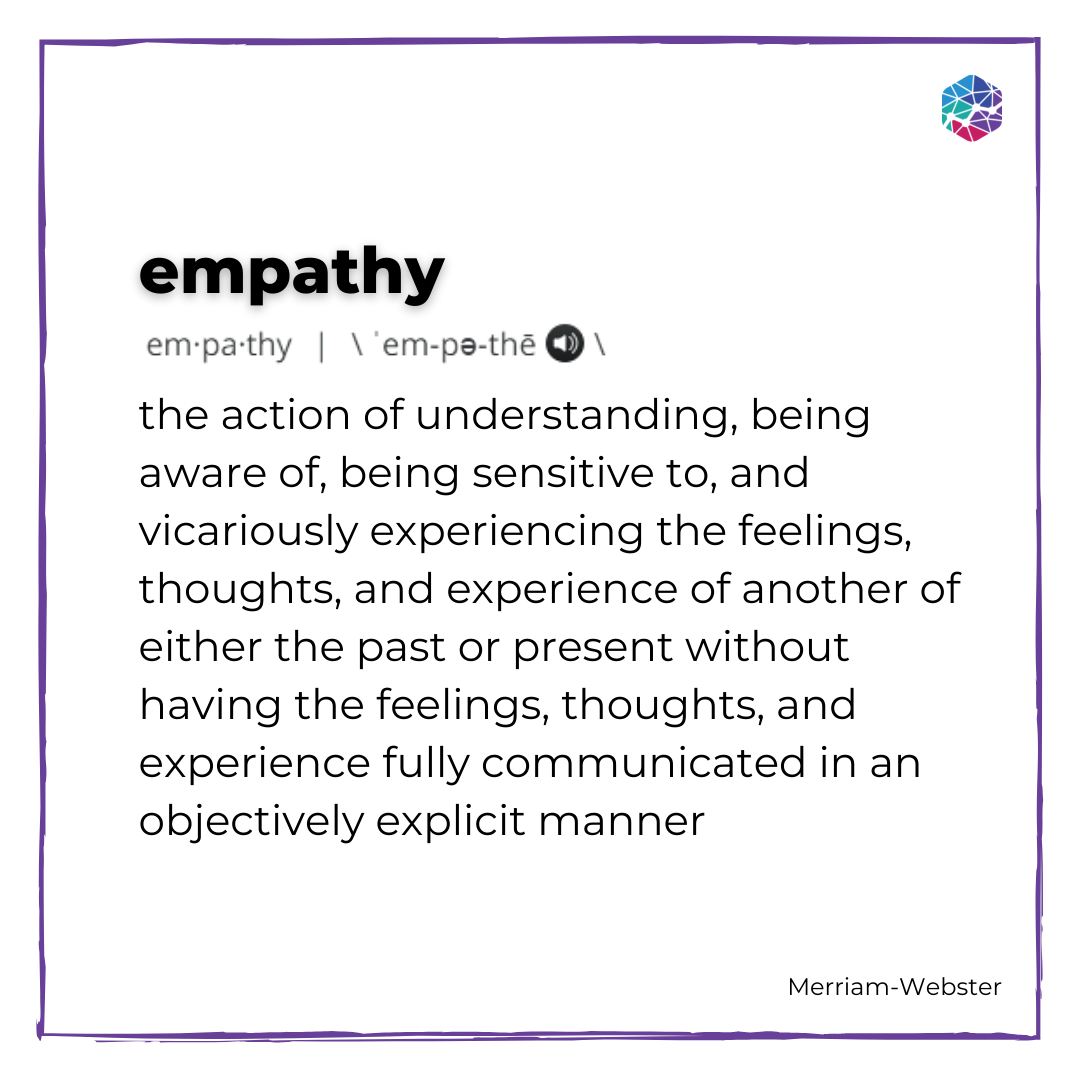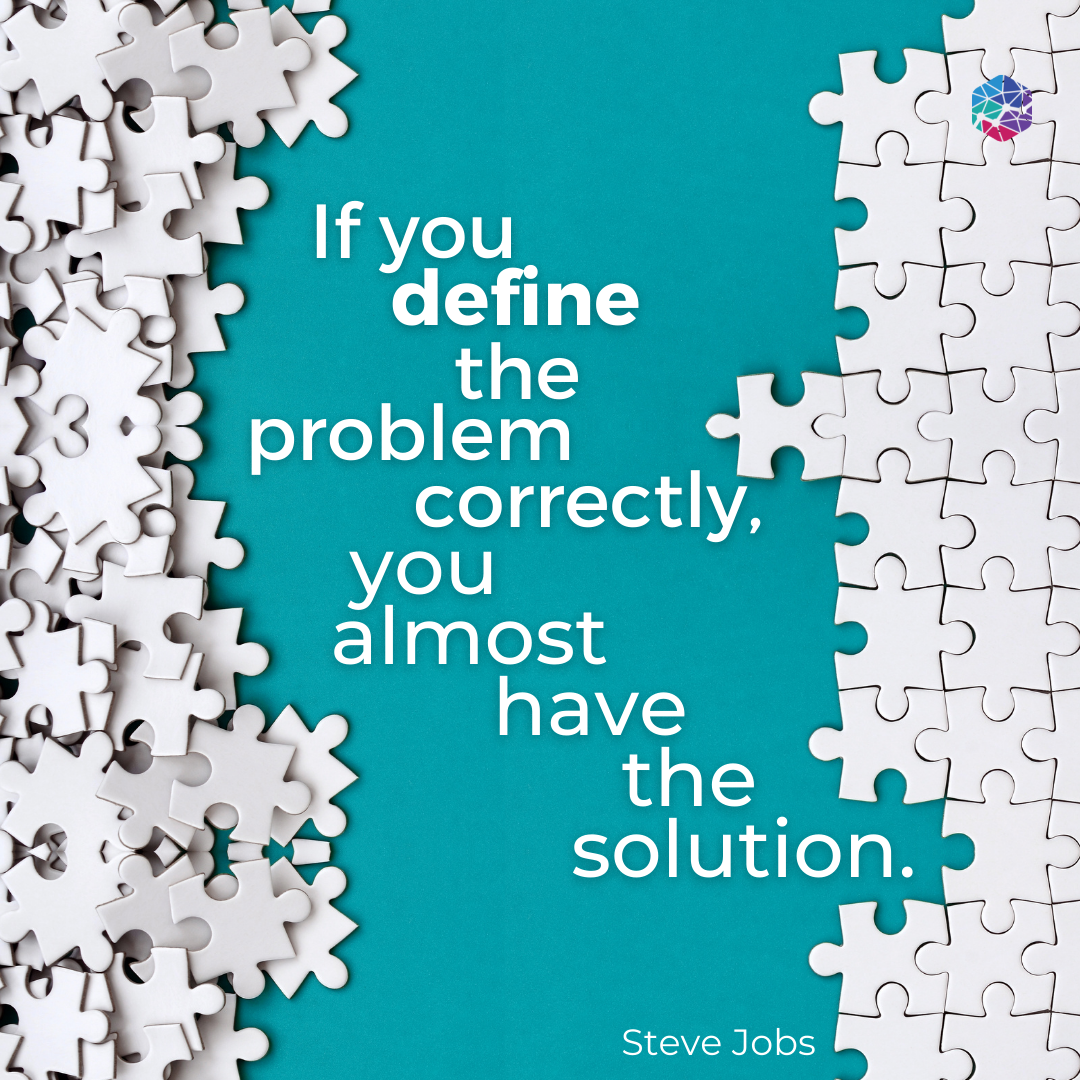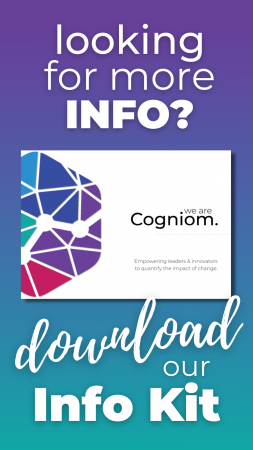Be a problem empathiser before you become a problem solver.
Houston had a big one.
Jay-Z had 99 of them.
And no matter what walk of life you come from, you’re going to stumble across plenty of them yourself.

We’re talking problems.
They come in a countless number of shapes and sizes and we work hard to try and solve them, but is jumping straight to a solution the right way to go about it?
In the same way that failure is too often considered a dirty word, problems can be cast with the same negative light. We are brought up to sweep problems aside, disguise them as something else, or (potentially even worse!) slap a solution on them as quickly as possible.
Sure, they suck but just as there are lessons and opportunity from failing, problems present their own silver lining – if only we’d take the time to find it.
To be empathetic is, in part, to understand and applying that approach when faced with a problem opens up a greater chance of success in finding the RIGHT path to a solution.
The thing about problems is they’re not always as straight forward as we may think and when we view them with those solution coloured glasses, we miss finding out WHY we have a problem in the first place.
Every problem comes with it’s own story (or it’s WHY), each with their own complexities. One overarching problem may impact various people or departments differently, creating a whole new web of stories that need to be understood.

Think about the Toothpaste Guy. His overarching problem was empty toothpaste boxes being delivered to clients. That problem impacted his clients differently to the way it impacted his employees, which was different again to how it impacted him.
Instead of taking the time to approach the problem with empathy and understand the complexities of the problem’s story, he implemented a costly solution as quickly as possible and created a brand new set of problems for his team.
Fact is, if you don’t fully understand the problem, then how do you know you’re even solving the right one?
One of the greatest things about how flexible the TANDM Suite is, is that it allows us to work with so many different types of businesses and industries to help them uncover and understand the problems they face – each of which are unique to their own circumstances.
However what we find is that there often is one comment they all have in common:
“Oh, that wasn’t the story I was expecting.”
When you take the time to be empathetic towards your problems there are a few things you open yourself to discover on the journey towards finding a solution:

Assumptions are not your final destination….
You know what they say about making assumptions… right?
While assumptions have value, they shouldn’t be taken as gospel. They create a great starting point to problem discovery but too often they are used as the basis for implementing solutions.
The concept known as “Work as Imagined V Work as Done” is a perfect example where what is assumed is happening is vastly different to what is actually happening in day to day life, and it’s understanding that “Work as Done” aspect that is crucial.
We use data, whether through observational studies, interviews and/or surveys to prove or disprove assumptions. As a result, these studies uncover the true areas requiring improvement or further investigation, allowing us to get to the root cause of our problems.
That data allows us to flex our empathy super powers and be empowered to make the right decisions.
…. Nor are solutions your starting point
Just as some people mistake assumptions for actual problems, others bias their problem statements with the solution they assume is correct. Solution biased problems will often lead you down the garden path and away from the actual problem.
We’ve spoken previously about the importance of asking the right questions and how removing that solution driven bias presents the real story.
Check out out February blog for more.

One solution doesn’t always fit all
We touched on it earlier with the Toothpaste Guy and at Cogniom we also see this when working with clients on value propositions.
Whether its problems or value propositions the formula is much the same. How a problem or a value proposition affects a leadership team is more likely to come through reporting and whether goals and metrics are being met.
However, for a team member, problems and value propositions are likely to heavily impact on how they are able to perform their day to day tasks and ultimately their job satisfaction.
Being empathetic towards the hurdles faced by different people empowers you to have a better understanding and speak directly to what affects them. Taking the entire team along for the journey can be the difference between success and missing out on important opportunities.
Symptoms like to dress up as problems
When we’re busying ourselves making assumptions and sprinting down the path towards a solution, we often mistake the symptoms of a problem to be the actual problem.
This means we’re only solving a small part and as time goes on, we’ll continue to encounter the same problem time and again.
Take this guy for example. The symptom is a sore head.
Jumping straight to a solution might be to give him an Aspirin for the pain which would bring temporary relief, but will do little to solve the actual problem of an arrow sticking out of the back of his head.
Further investigation, would lead to the root cause of the pain and therefore the right solution of arrow removal would be reached.
Moral of the story: Aside from keeping an eye out for wayward arrows, understanding what the actual problem is allows you to implement the right solution.

Problems like anything else are a process. They require appropriate amounts of time and attention to make sure they are fully understood.
Addressing what turns out to be the wrong problem can cause countless more problems, and let’s face it, ain’t nobody got time for that!
Remember, problem solving is not a sprint, and being a problem empathiser first will lead you to being a better problem solver later down the track.






